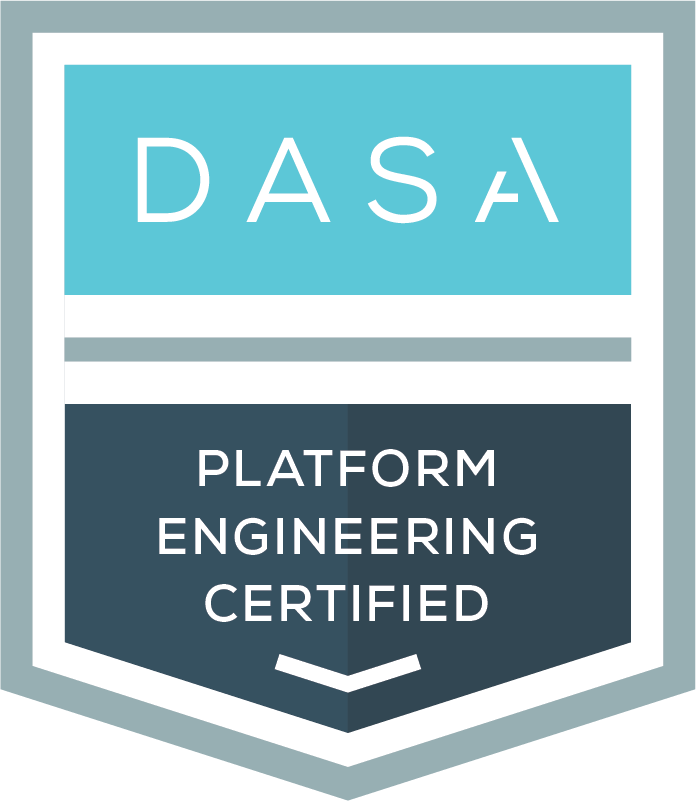Scaling platform engineering presents a unique set of complexities that go beyond the initial construction of platforms. As organizations grow, they often encounter challenges related to alignment, stakeholder support, and collaboration. These issues can hinder the scalability and efficiency of platform engineering initiatives.
This article emphasizes advanced strategies to move beyond the mere construction of platforms, addressing common scaling complexities and ensuring better alignment and support from stakeholders.
Difficulties in Scaling
Scaling platforms is not just a technical challenge but also a cultural one. When platform engineering initiatives do not align with business goals, resources are wasted, and efforts can become fragmented. This misalignment often results in resistance to change from stakeholders who do not see the value in the initiatives. Additionally, a lack of collaboration between platform and development teams can further complicate scaling efforts.
Another significant challenge is dealing with inflexible and slow feedback loops. Without timely feedback, it becomes difficult to make necessary adjustments, leading to inefficiencies and a decline in performance. Scalability is the ability of a system or service to handle increased workload by adding resources and adapting to growing demands without a significant drop in performance. Achieving scalability requires a well-coordinated effort across various teams and a robust framework to manage the complexities involved.
Overcoming Complexities
To address scaling complexities in platform engineering, organizations must align platform initiatives with strategic goals through regular planning and early stakeholder engagement. This alignment ensures coherence and focus, while stakeholder involvement reduces resistance and fosters collaboration. Building cross-functional teams that include business and IT roles enhances communication, and organizing these teams around specific value streams or customer segments improves efficiency and responsiveness.
Integrating agile methodologies and DevOps practices allows for iterative development, continuous improvement, and streamlined workflows through automation and continuous integration. Establishing efficient feedback loops via continuous monitoring tools and regular KPI reviews provides real-time performance insights and guides decision-making. Developing a robust governance framework with clear policies and assigned responsibilities ensures accountability and adherence to standards, crucial for maintaining scalability in platform engineering efforts.
Next Steps
Addressing scaling complexities requires a comprehensive approach that integrates both technical and cultural solutions. By fostering collaboration, implementing agile and DevOps practices, establishing efficient feedback loops, and developing a robust governance framework, organizations can overcome these challenges and achieve scalable platform engineering success.
The DASA Platform Engineering Product Suite offers tools and guidance to help organizations assess their maturity and readiness, align initiatives with business goals, and build necessary skills. Taking platform engineering beyond building and focusing on scaling complexities will enable organizations to create robust, efficient, and scalable platforms that drive long-term success.


DASA Platform Engineering
De-risk, optimize, and get maximum value from the platform engineering initiative.
